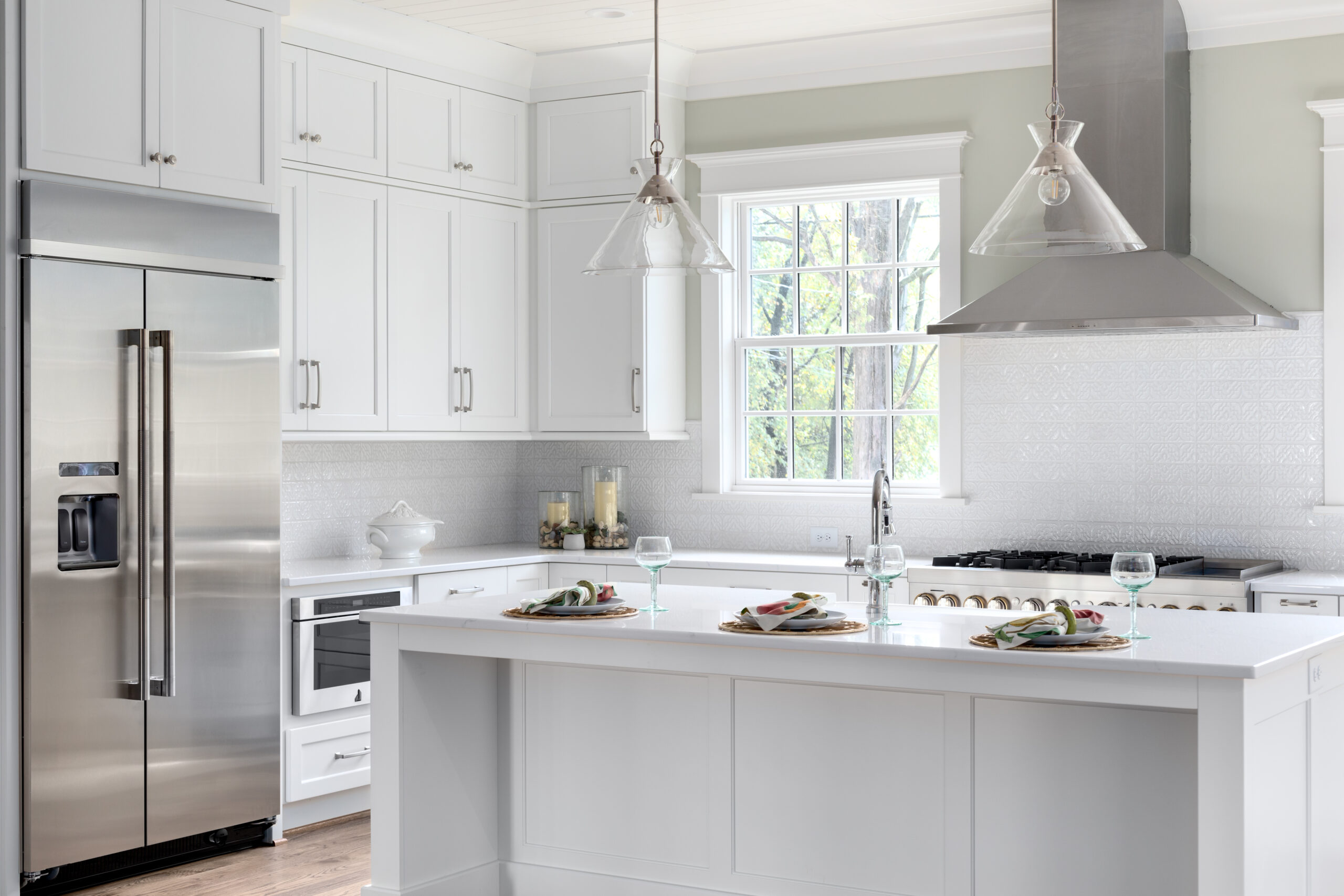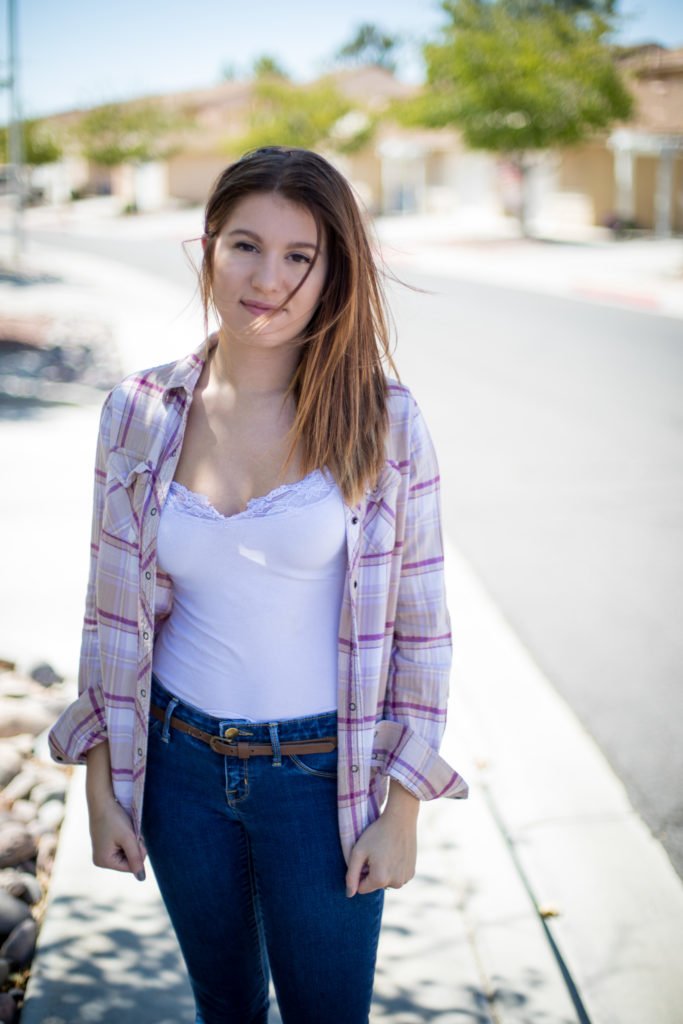
Why Realtors Choose Some Real Estate Photographers Over Others (and How to Stand Out)
Discover why agents choose one real estate photographer over another. Learn the hidden factors that influence their decision—and how you can stand out and grow your business.




